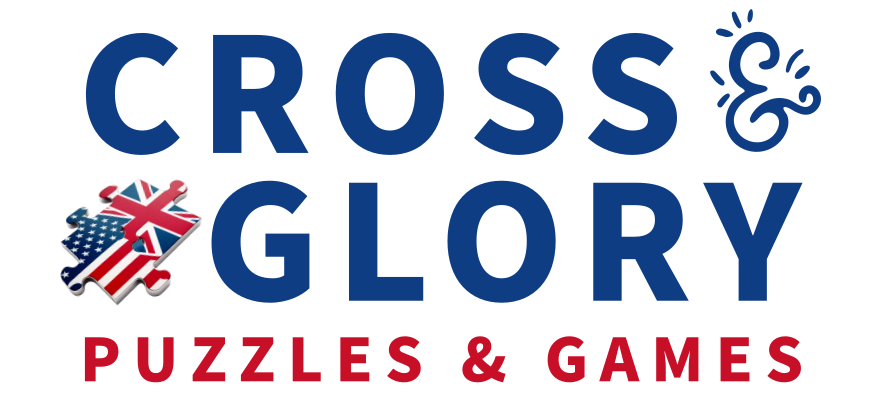In our busy, fast-paced lives, it can feel impossible to find moments of genuine calm. However, one activity has proven to be both soothing and engaging: puzzling. Whether it’s the satisfying snap of a piece fitting into place or the meditative focus it demands, solving puzzles offers a unique path to relaxation and mental clarity. Let’s uncover how puzzling can be your secret weapon for finding calm and why it’s the perfect antidote to modern stress.
1. Why Puzzling is a Stress Reliever
Puzzling allows you to fully immerse yourself in the moment, shutting out external distractions and quieting a racing mind. This state of focused attention—similar to mindfulness meditation—helps to reduce stress and promote a sense of balance. The act of sorting, matching, and completing a puzzle gives you a sense of control and accomplishment, which can be especially comforting during chaotic times.
If you’re curious about why puzzling has seen such a resurgence as a stress-relieving pastime, dive into Relieving Stress Through Jigsaw Puzzles: The Unexpected Resurgence of a Classic Pastime (Part 2).
2. Choosing the Right Puzzle for a Relaxing Experience
Not all puzzles are created equal when it comes to promoting calm. The key is finding the right fit for your skill level and mood. Large puzzles with intricate designs can feel overwhelming to beginners, while smaller puzzles may not provide enough of a challenge for experienced solvers.
Here are some tips for choosing the perfect puzzle:
- Beginners: Start with puzzles around 300–500 pieces featuring clear, distinct patterns.
- Intermediate Solvers: Opt for 750–1,000 pieces with a mix of textures and gradients.
- Advanced Solvers: Challenge yourself with 2,000+ pieces or monochromatic designs for a truly meditative experience.
For a detailed guide to finding the ideal puzzle size for your needs, check out Picking the Perfect Puzzle Size: A Guide to Choosing the Right Jigsaw Puzzle Size for Every Puzzler.
3. The Meditative Process of Puzzle Solving
Working on a puzzle creates a rhythm that naturally encourages relaxation. The repetitive actions of sorting, scanning, and placing pieces mirror the calming effects of mindful practices like yoga or deep breathing. Puzzling also engages both the logical and creative sides of your brain, allowing your mind to focus while releasing tension.
4. Effortless Focus with the Right Strategy
While puzzling is inherently calming, frustration can creep in when progress slows. To maintain that sense of calm, adopt simple strategies to solve puzzles more efficiently:
- Start by building the edges to establish a framework.
- Group pieces by color, pattern, or texture to make assembly smoother.
- Take breaks to reset your perspective and return with fresh eyes.
For even more techniques to boost your puzzling prowess, explore Unlock the Secrets of Puzzle Mastery: Tips and Tricks for Solving Jigsaw Puzzles Faster and More Efficiently.
5. A Daily Dose of Calm
Puzzling doesn’t require hours of commitment to deliver benefits. Even 15–30 minutes a day can help you transition from a stressful mindset to a calmer, more focused state. Incorporating puzzles into your daily routine—whether as a morning ritual or a way to unwind before bed—can become a powerful tool for stress management.
Conclusion
The secret to finding calm lies in simple, intentional practices that allow us to slow down and reconnect with ourselves. Puzzling offers a unique combination of mental stimulation and meditative focus, making it an ideal activity for relieving stress and promoting inner peace. Whether you’re tackling a vibrant landscape or a minimalist masterpiece, every piece you place brings you closer to a sense of calm. So grab a puzzle, clear your mind, and let the journey begin.

